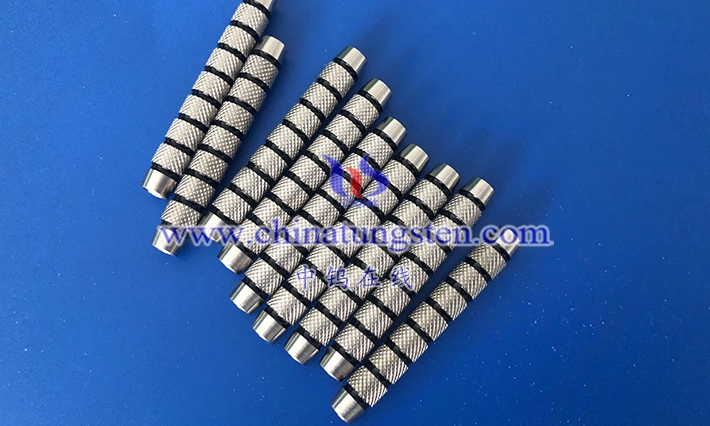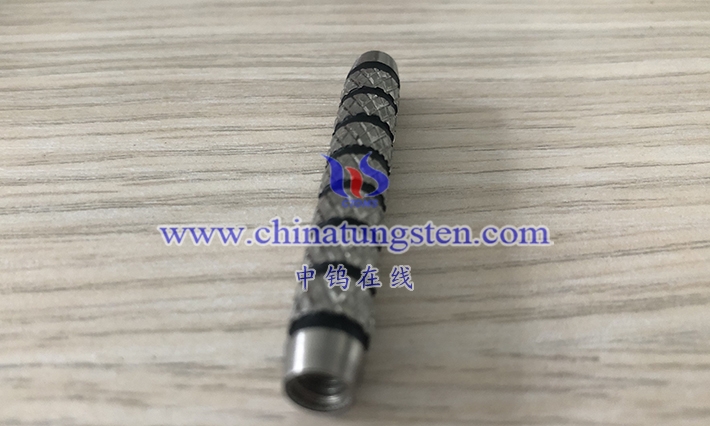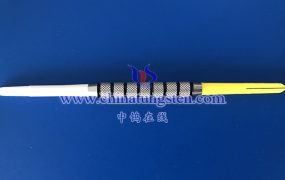Tungsten alloy dart barrels and brass dart barrels form a stark contrast in hardness and wear resistance, arising from the crystal hardness of tungsten particles and alloy composite mechanisms, with tungsten alloy forming a hard skeleton through sintering and binder phase providing toughness buffering, while brass relies on copper-zinc solid solution strengthening, with lower hardness levels. The hardness advantage keeps tungsten alloy dart barrel surface textures sharp in friction, knurling ridges non-collapsing, fingertip feedback lasting, while brass dart barrel hardness insufficient, textures easily flattened, hand feel rapid attenuation. This wear resistance makes tungsten alloy dart barrels suitable for high-frequency throws, surface as new after continuous events, while brass dart barrels require frequent replacement, increasing maintenance burden. During throwing, tungsten alloy’s hardness ensures barrel rigidity, energy lossless transmission, while brass’s softness leads to deformation, unstable trajectory. In application, tungsten alloy dart barrels excel in professional training, surface engineering allowing laser etching complex textures, hardness supporting stable, players relying on granular sensation to optimize grip, while brass dart barrels textures shallow, low hardness leading to smoothing, grip anti-slip failure. In processing, tungsten alloy’s hardness requires diamond tools precision cutting, barrel contours accurate, while brass’s softness easy turning but low precision, prone to deformation. From environmental perspective, tungsten alloy’s wear resistance reduces discard frequency, high recycling value, while brass’s low wear resistance increases waste, resource waste large. This contrast drives tungsten alloy dominance in durability markets, brass limited to short-term use. In personalized adaptation, tungsten alloy hardness supports micro-adjust textures, matching player skin, while brass hardness limits texture depth, narrow adaptation. Overall, tungsten alloy’s hardness and wear resistance advantages transform darts from consumables to assets, extending service life. The comprehensiveness of wear differences also lies in economy, tungsten alloy’s wear resistance reducing replacement costs, brass’s low wear resistance increasing expenditure. Ultimately, this characteristic difference reinforces tungsten alloy’s superiority.






